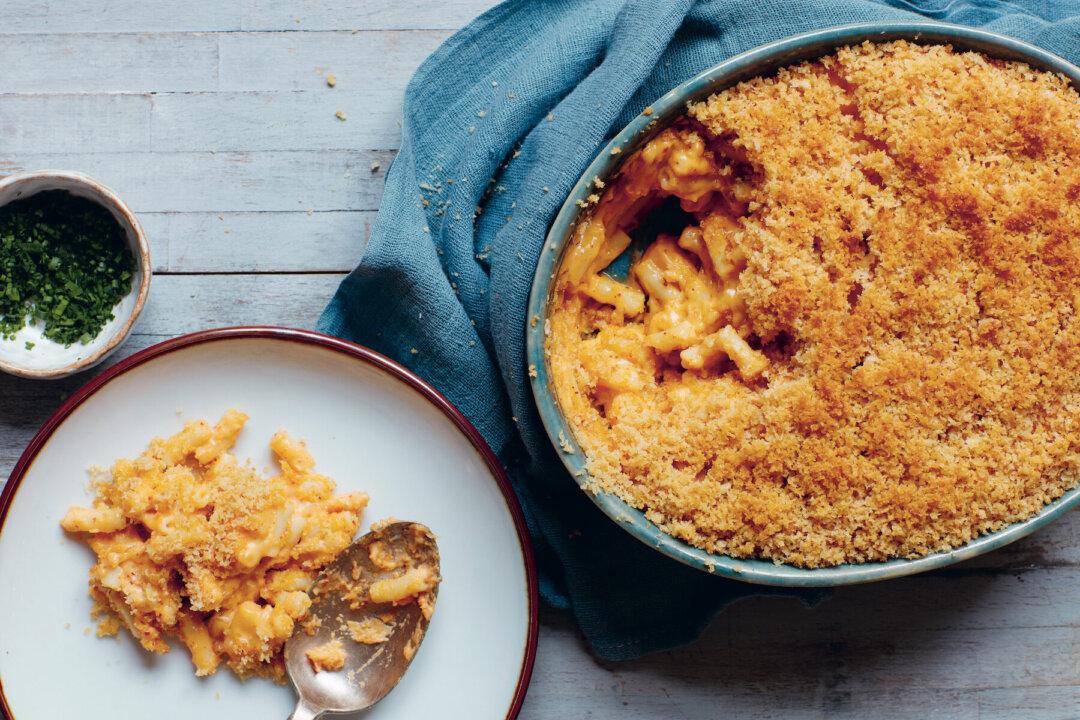Bulgogi Kimbap (Korean Rice Rolls)
My mom used to make me these bite sized Korean seaweed rice rolls for my lunchbox. They’re the perfect snack for on the go, and easy to eat on picnics and on road trips. Use any kind of protein that you like: seafood, pork, chicken, tofu, cheese, etc.Makes 4 rolls





